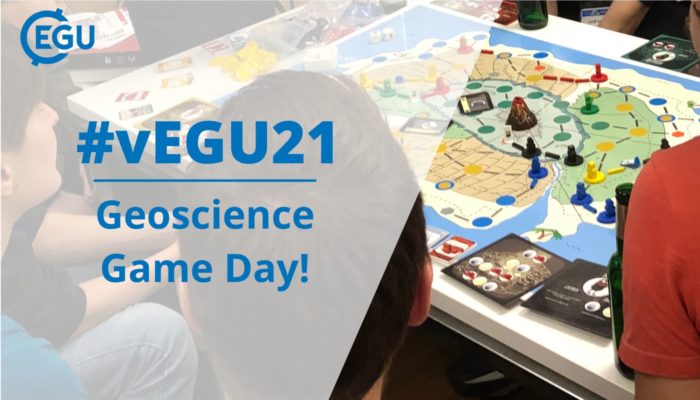Concepts accepted in geology always have room for revision. In this case, time itself is revised! This one melted my brain a little. Deep time, deep circulation, deep thinking Plate tectonics, amongst the most evocative subjects in geology. The entire skin of the earth shifting and reorganising continuously, the most profound of motion. So deep and ancient, that humans struggle to understand it. E ...[Read More]
Artist in Residence – Nature-based harmony
I find the idea of nature-based solutions hugely appealing. Let’s explore what it means! Nature-based harmony Over billions of years, natural ecosystems have co-evolved solutions that prevent their damage and destruction. So why do we think we can do better, with only 10,000 years of innovation? We can restore and reproduce the natural behaviour of ecosystems in the places we inhabit, Nature ...[Read More]
Artist in Residence – Calmscape
This post is for everyone needing to relax during the conference, specifically written to accompany the Mindfulness Hour pop-up event on Thursday 29th April at 17:00 CEST. Calmscape Amidst the chaos of a conference, it can be hard to find peace, to stop and switch off. If you know where to look, even the hubbub. hustling, bustling corridors of the Austria Center hides a place of calm. Dart through ...[Read More]
How to #vEGU21: EGU Games Day!
The annual EGU Games Day is nearly upon us, Wednesday the 28th April 2021. As usual, we have our science session, Games for Geoscience, kicking off at 2:15pm CEST. Following this, we have our Geoscience Games Night networking session that will begin in a specially designed GatherTown space at 5.30pm CEST. https://www.youtube.com/watch?v=UHLoHQaJIMc During the Geoscience Games Night y ...[Read More]


